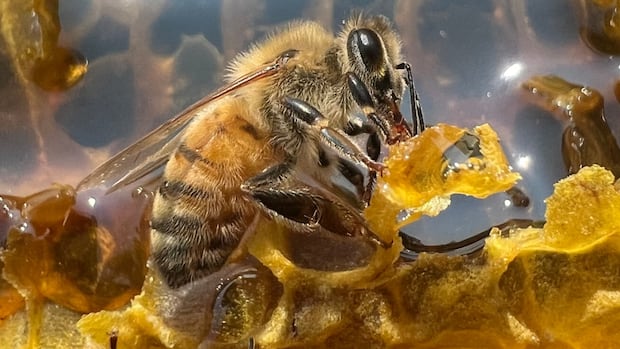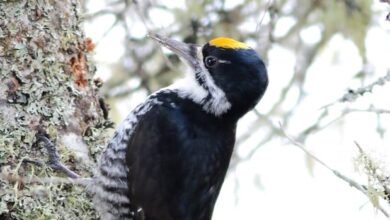Ancient Saskatchewan archaeological site falls victim to illegal scavenging

A significant archaeological site in Saskatchewan is facing a serious threat from illegal scavenging activities. Âsowanânihk, meaning “a place to cross” in Cree, is situated near Prince Albert and is believed to be approximately 11,000 years old. This site holds a treasure trove of evidence of Indigenous settlements that likely thrived there in the past.
Local reports suggest that due to national media coverage and growing popularity, there has been a surge in damage caused by human interference, including the illegal practice of pot hunting. Dave Rondeau, a local historian and the Crutwell consultation co-ordinator for Métis Local 66, expressed concerns about unauthorized individuals digging into the site without any regard for its significance.
The importance of Âsowanânihk cannot be overstated. Archaeologists believe that this site served as a long-term settlement for Indigenous communities, offering a unique glimpse into the past. Glenn Stewart, an associate professor at the University of Saskatchewan, describes Âsowanânihk as one of the oldest sites in Saskatchewan, particularly in the northern region. Preserving this site is not only a priority for archaeologists but also holds profound cultural significance for Sturgeon Lake First Nation and other Indigenous groups in the area.
Unfortunately, as the site gains more attention, there is a growing risk of damage from unscrupulous individuals engaging in pot hunting. This illegal activity involves digging up artifacts without understanding their archaeological value. Rondeau has witnessed evidence of shovel markings and damage along the riverbank, highlighting the need for greater protection of the site.
Archaeologists like Stewart stress the importance of proper excavation and documentation to preserve the integrity of the site and understand the artifacts within their larger context. A preservation plan is underway at the University of Saskatchewan, aiming to determine the extent of the site and involve Indigenous youth in learning about their heritage.
While archaeological research is crucial, it is equally important to engage local communities, especially Indigenous groups, in decision-making processes regarding the site. By working collaboratively, archaeologists and Indigenous communities hope to safeguard the legacy of their ancestors and the ancient history of the land. Rondeau emphasizes the need for stewardship and enforcement to prevent further destruction of this invaluable site.
In conclusion, Âsowanânihk stands as a testament to the rich cultural heritage of Saskatchewan’s Indigenous peoples. By protecting and preserving this site, we honor the legacy of those who came before us and ensure that future generations can continue to learn from and appreciate this important piece of history.




